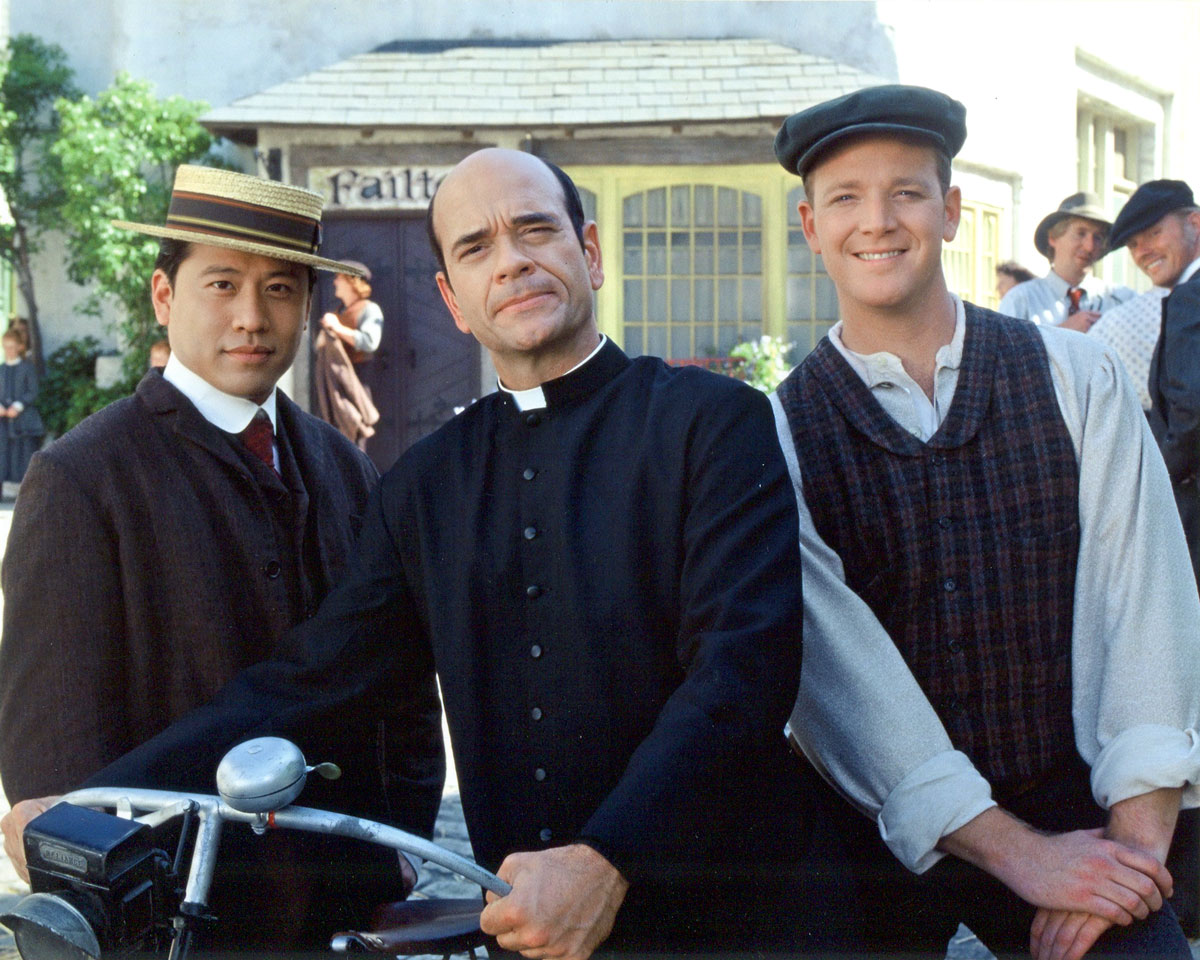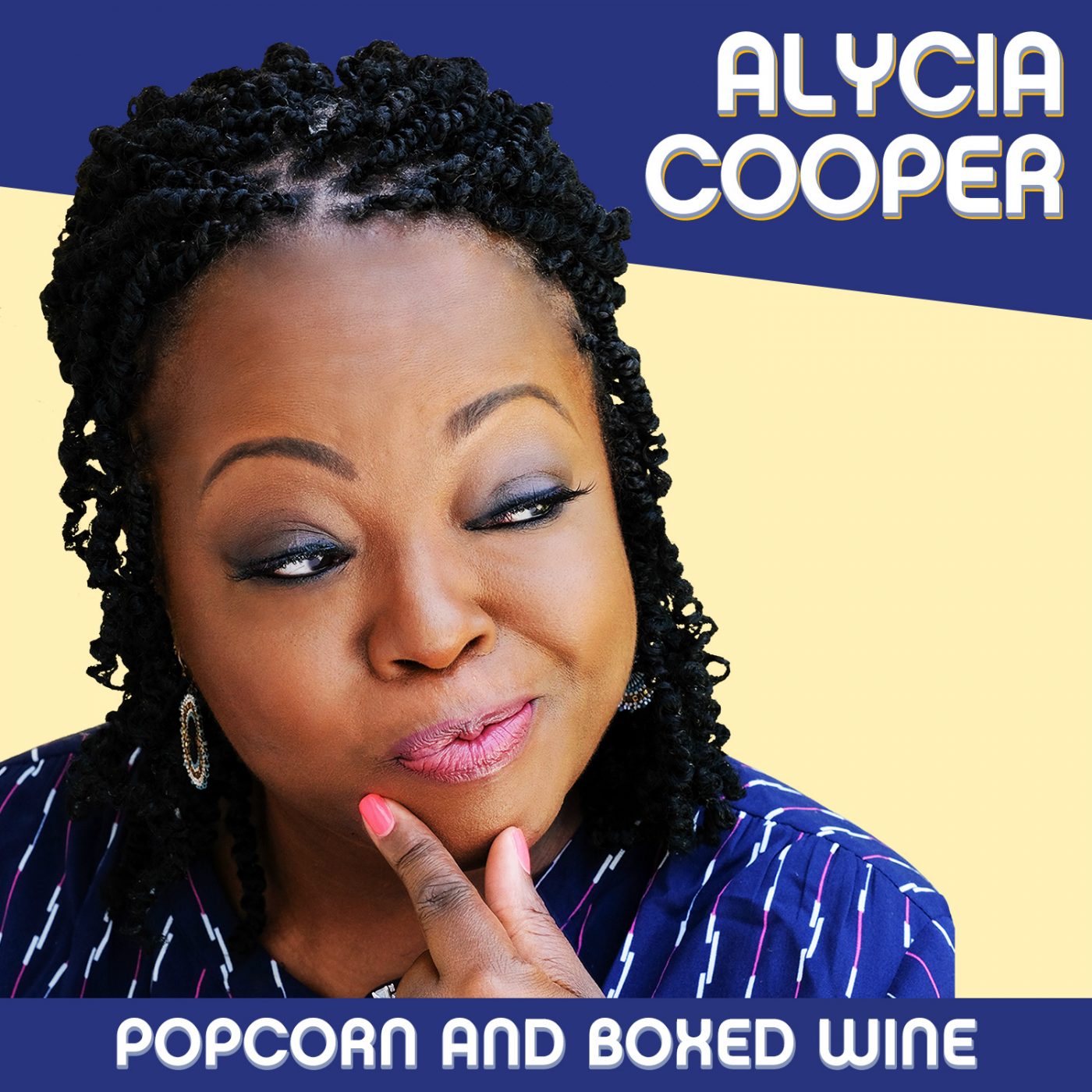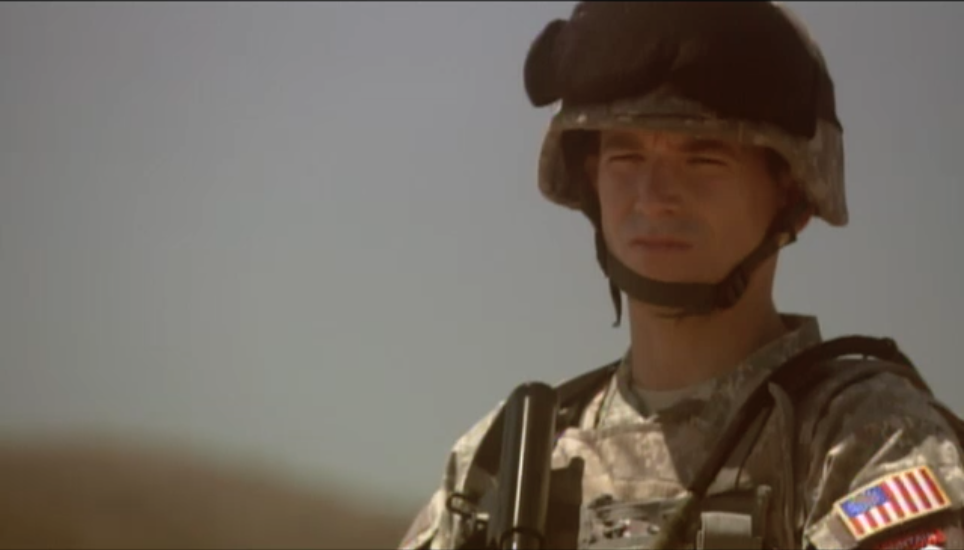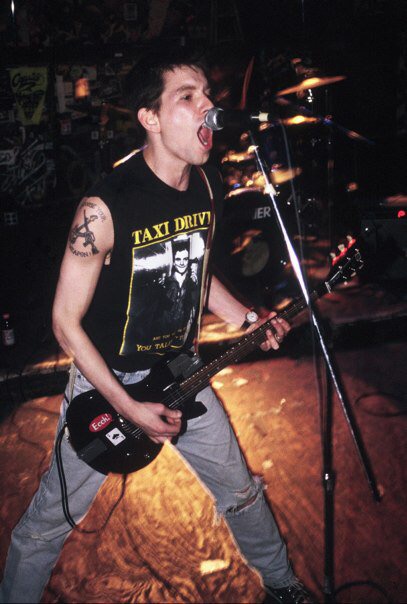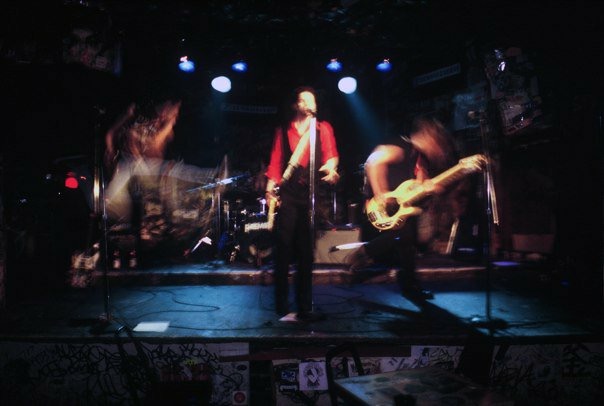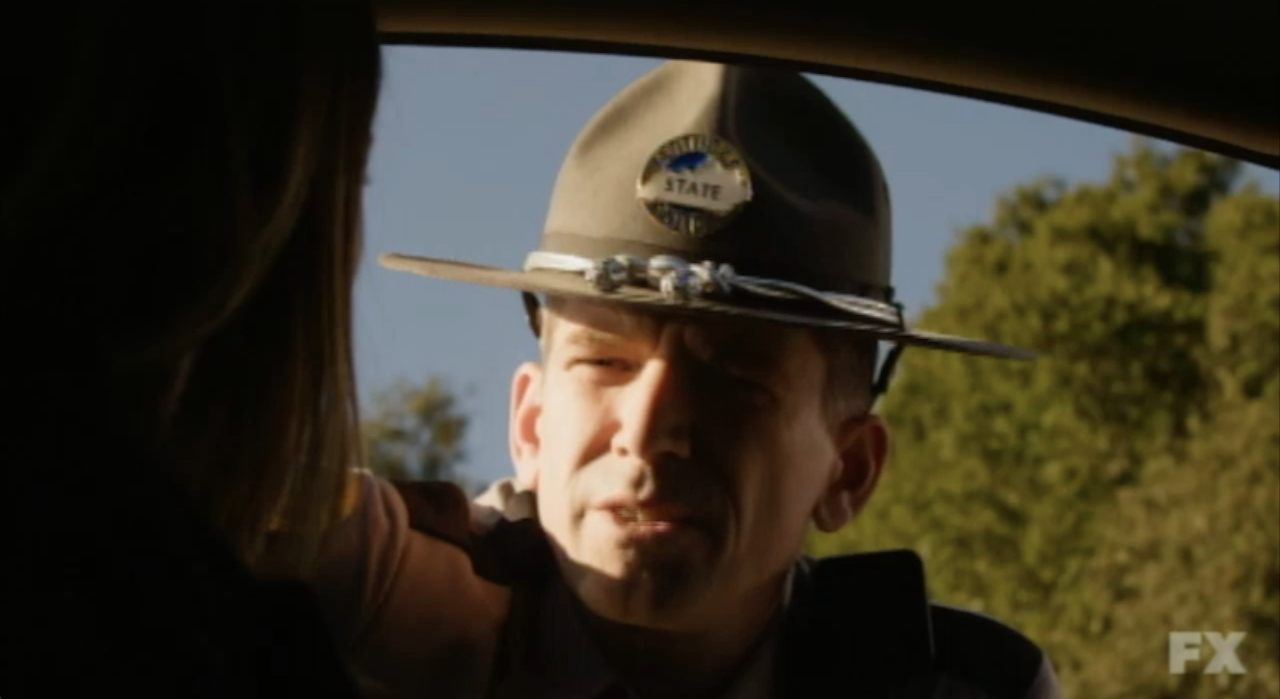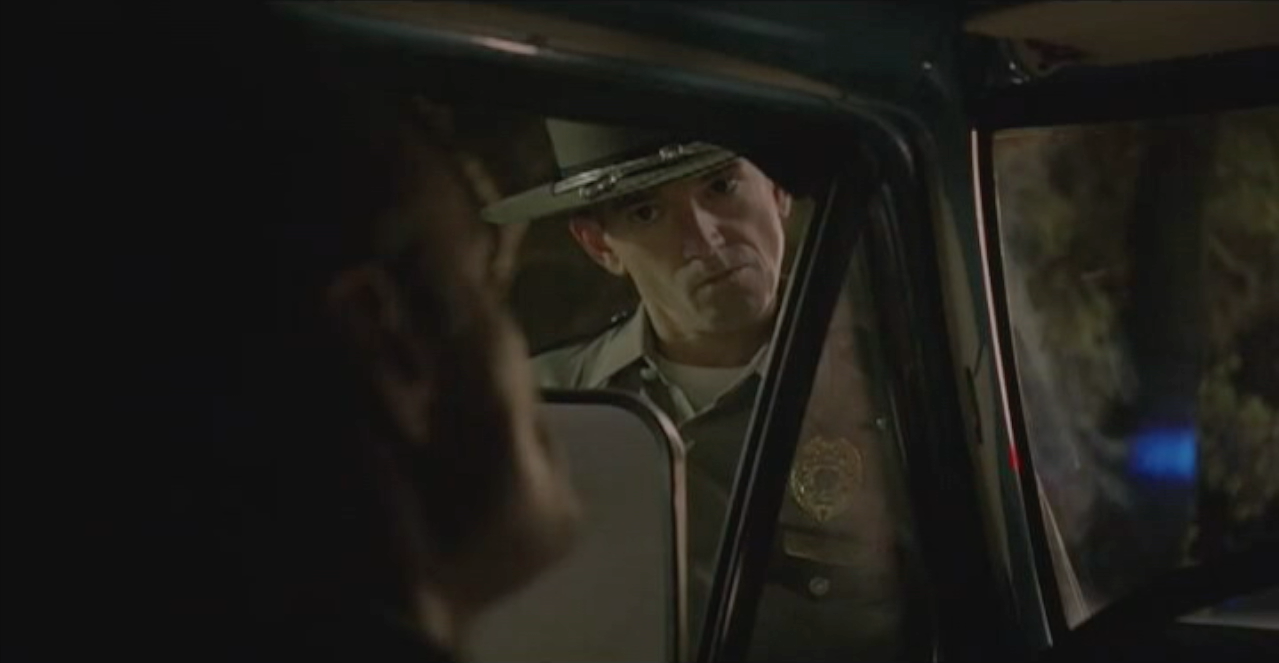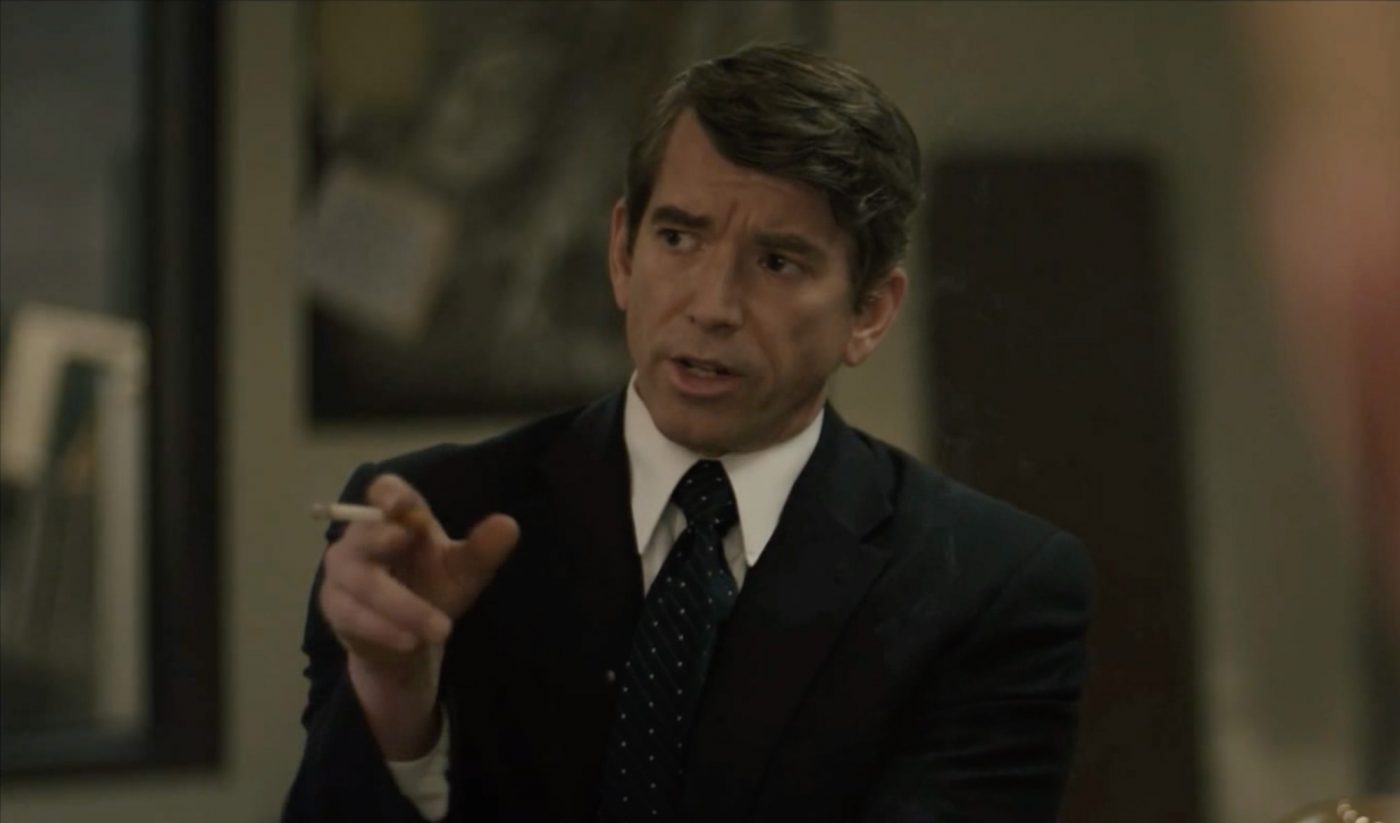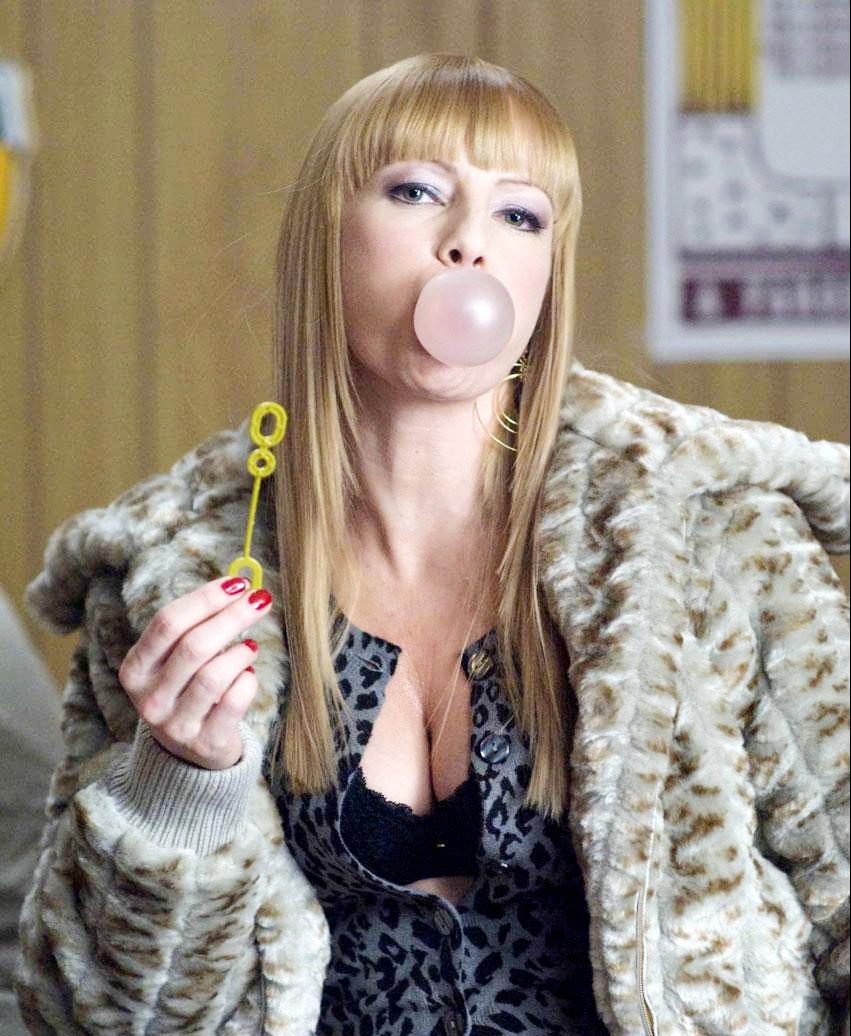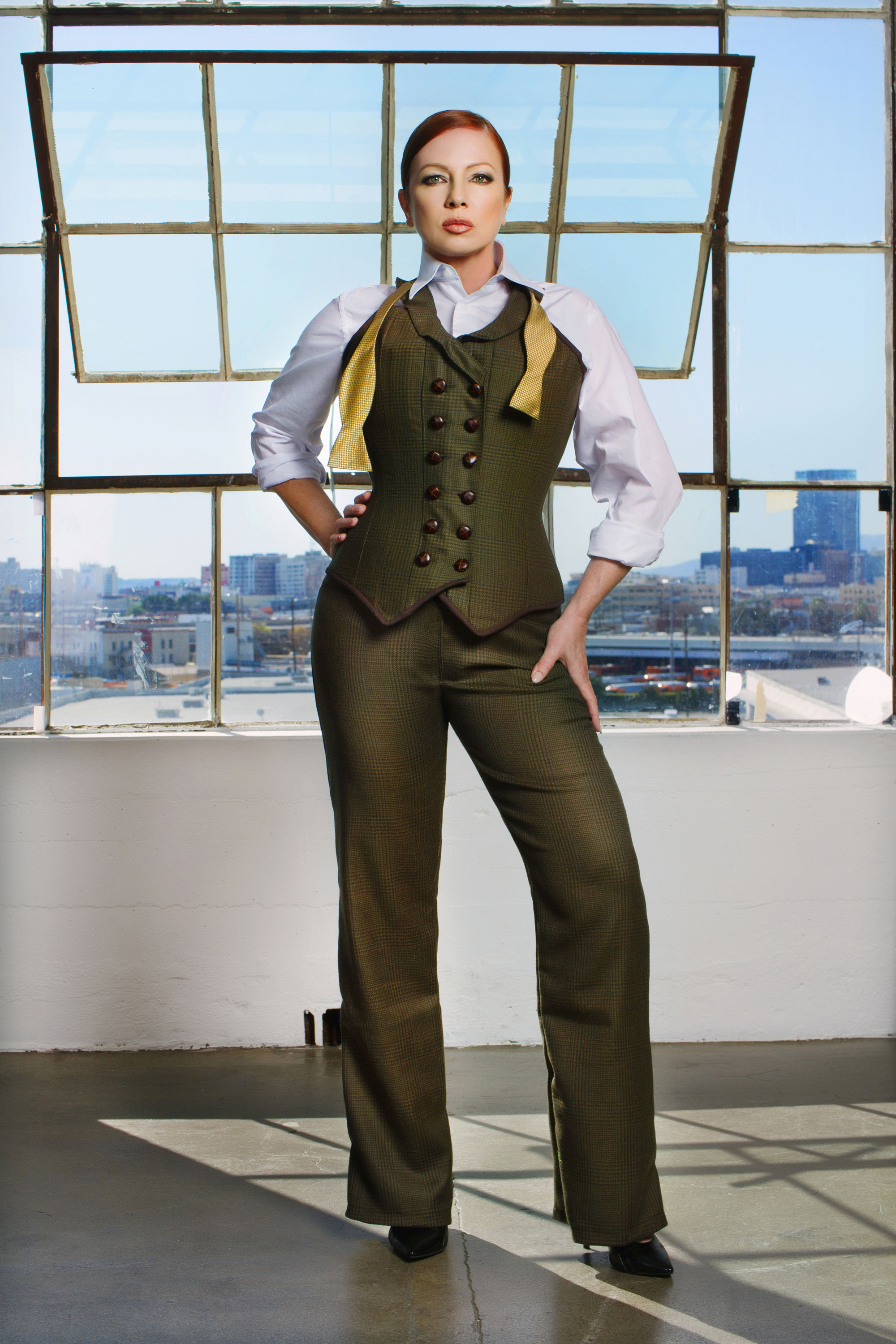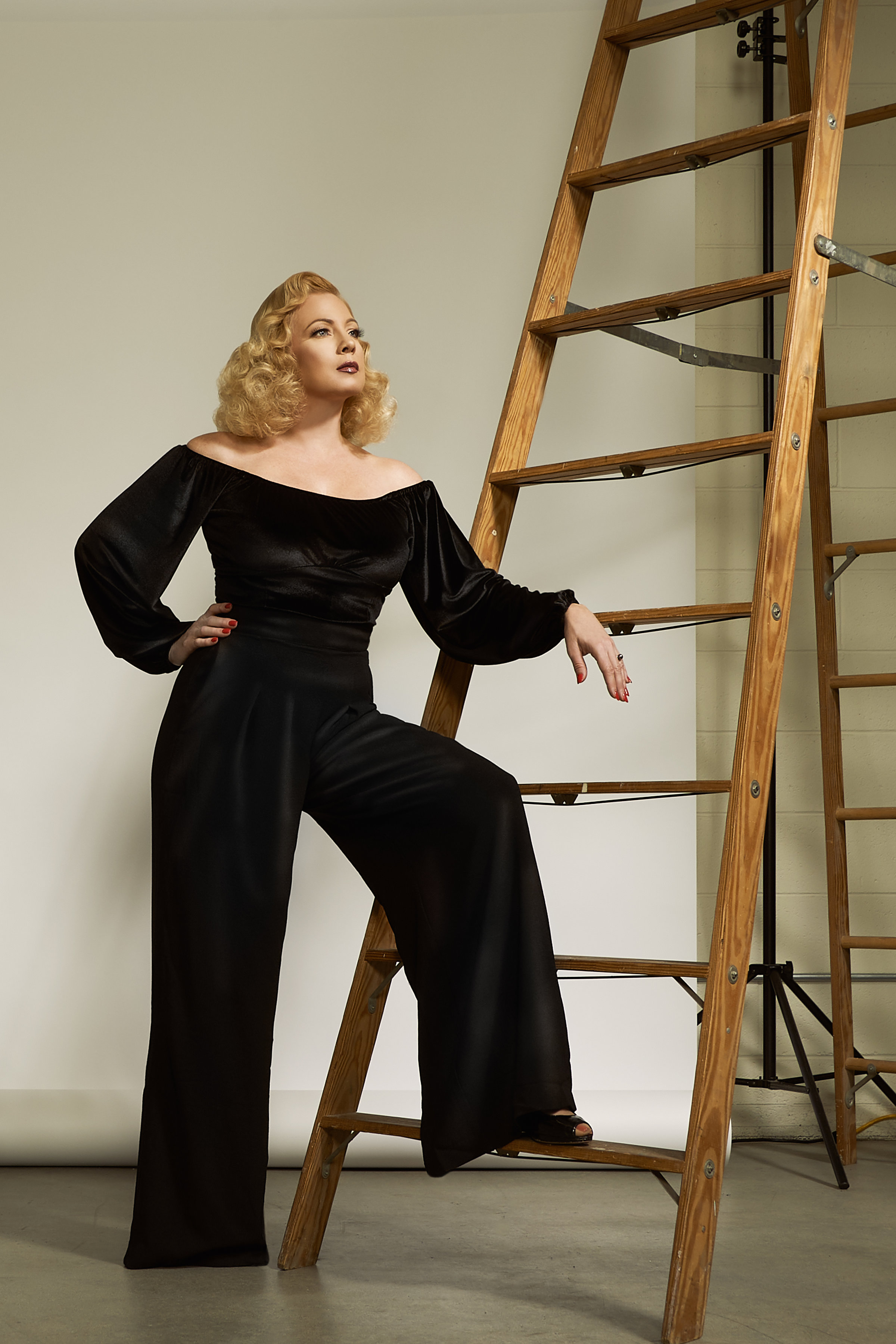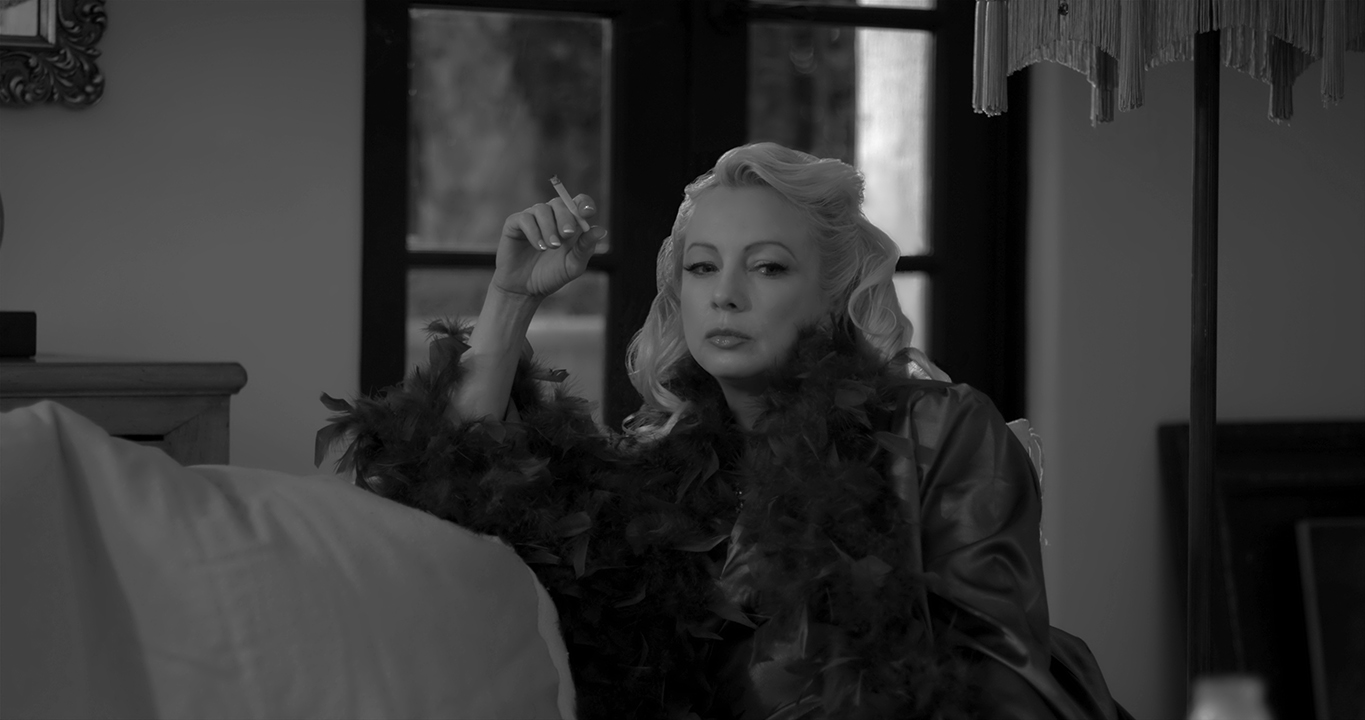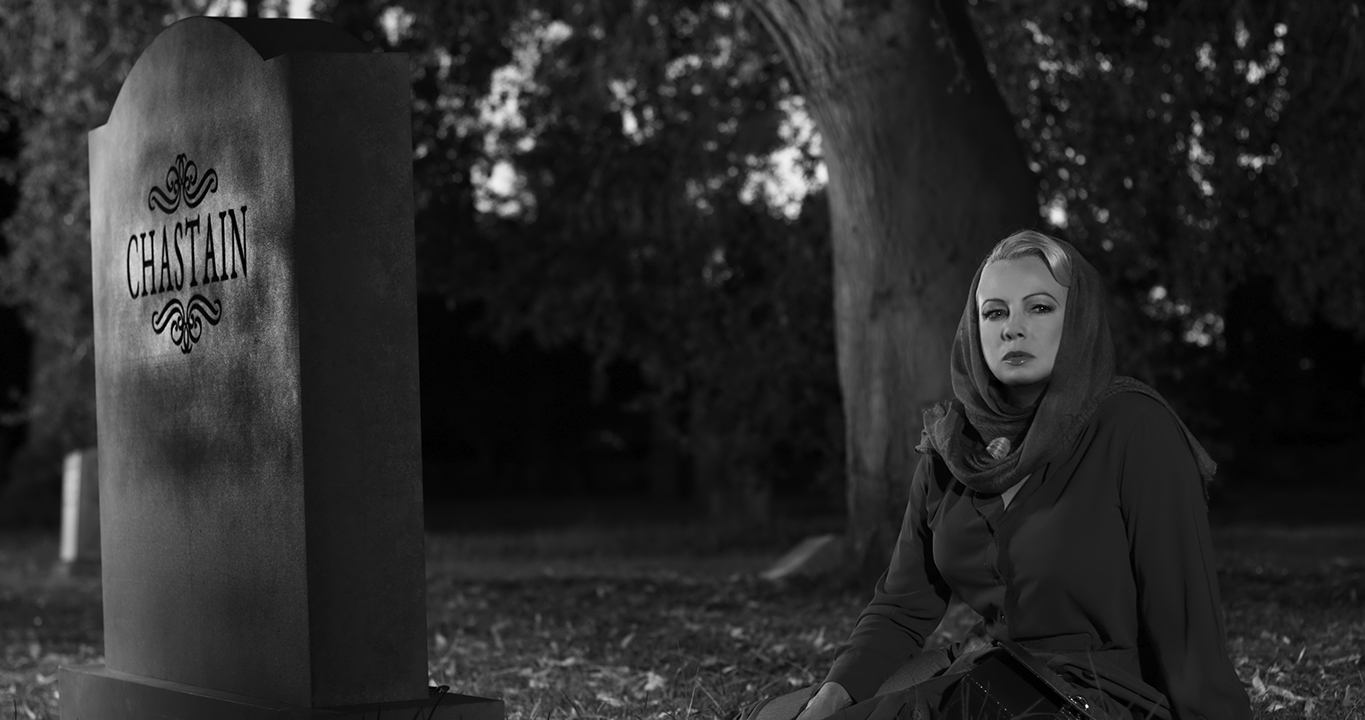Born in the San Fernando Valley to well-known actress Abby Dalton, our August Spotlight client Kathleen Kinmont has been immersed in the industry her whole life. We recently had the opportunity to talk to her about her childhood, her experience as a woman in Hollywood, many of her iconic roles in horror films, and more recently, her success as an author! We’re thrilled to chat with Kathleen.

1. You grew up surrounded by the business as your mother, Abby Dalton, was a successful actress during the 60’s-80’s. You were even cast in The Joey Bishop Show as a baby the year you were born. What was this type of childhood like?
I was blessed with two loving parents who gave me and my two brothers an exceptional childhood in a charming neighborhood in the San Fernando Valley, Toluca Lake, California. Conveniently nestled between several major studios, Toluca Lake became the ideal location for the many creatives in the entertainment industry. To me, it was ‘Mayberry’, because it was all I knew, plus Andy Griffith lived down the street. I grew up around all kinds of celebrity personalities. It was normal to have someone like Davey Jones from ‘The Monkees’ over for dinner, or James Caan join us for Thanksgiving, or Debbie Reynolds over for coffee. I grew up with John Wayne’s grandkids, so every once in awhile his massive frame would fill the doorway. It was routine to be surrounded by performers in front of and behind the camera. I never realized the magnitude of star power until I became older.
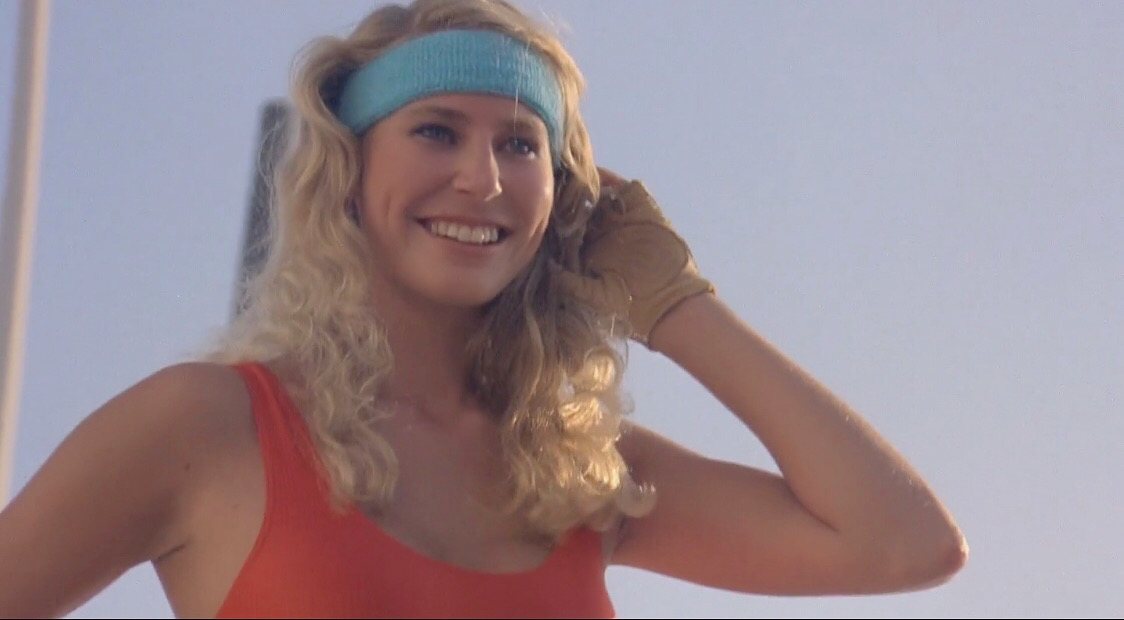
2. Your first film role came years later – you were almost 20 at the time – in Hardbodies. What was it like being on set?
I was fresh out of barely graduating high school and teetering on the notion of going to college, so when ‘Hardbodies’ came along, I figured I was set, because I was on a set. I was actually 18 at the time of filming and was equipped with two things, a pair of roller-skates and zero clue. It was my first time in front of the camera as an adult and there was a lot of pressure for me to disrobe. My character firmly says in a photo session scene, “I’m not taking my clothes off.” Plus, it wasn’t scripted. It was my first foray into navigating the shark infested waters of sexual harassment and power abuse on set. I learned a lot from that experience and I also met my friend and fellow cast mate, another CRM client who continues to inspire, Courtney Gains. It was wonderful to circle back and work with him again in the 2019 indy, ‘The Silent Natural’. No roller skates that time and a little bit more of a clue.

3. Were you encouraged by your mother to pursue acting? Was it something you always wanted to do?
I was encouraged by my mother to always do what inspired me. She never pushed me into acting but she saw that by the time I was 15, I’d caught the story telling bug. My mom gently guided me into taking the necessary steps a performer needs to hone their craft. She was incredibly generous with her time and her truth. I knew firsthand about the pitfalls in the business from several stories of my mom’s own personal experiences. Back in the 20’s – 2000’s there was basically no protection from any kind of harassment. Thankfully, she uplifted me with a very strong voice that has probably saved me from quite a few scraps. I have always wanted to work and have a job as a performer and for many years that was a whole different ball game for women in the industry. If my own 15 year old daughter ever wants to step into this business, I will give her the same talk, but at least I will know that a lot more ground work has been laid in the protection of everyone on the set. Yes, we have come a long way, baby.

4. In 1988, you starred as Kelly Meeker in Halloween 4: The Return of Michael Myers. What was this experience like?
‘Halloween 4’ was my first horror film and franchise experience. It was a thrill to work with veteran great, Donald Pleasence, while alongside, Danielle Harris, who was only 9, and also a convincing and gifted actor. I arrived in Utah and discovered that one of my own high school friends, Sasha Jenson, would be playing ‘Brady’, the boy I seduce. I was 19 and not old enough to drink but old enough to understand what’s what. My character, ‘Kelly Meeker’, the sheriff’s daughter, has a great opening line to a young local working up the courage to ask me out. Before he even has a chance to exhale, I cut him off with, “Fuck off Wade.” It wasn’t scripted like that, but I was game to give it a try and they used it for the film. That particular experience certainly freed me up as an actor to experiment with moment’s and words that are not on the page, just to see where it takes you. Or as our director, Dwight Little, said that day when he changed the line, “Let’s just try it once, for shits and giggles.” It worked and I gleamed that as long as it doesn’t feel compromising, improvising is a welcome blessing to improve what’s on the page.
5. The Halloween franchise has amassed a cult following over the years – comprising eleven films spanning five decades. What is it like being a part of such a franchise?
It’s a thrill to be part of a franchise. What’s better than banking on a built in audience and fanbase? I think the tremendous amount of pressure and responsibility that comes with representing a brand inspires everyone involved to a higher level of performance. I know that no matter what the job, we do our best and hope that it does the franchise well, while simultaneously worrying that if it sucks, you’ll forever be a part of the one that sucked. Hopefully, everyone on board is feeling the same excitement and brings their own personal A Game.

6. Following the success of Halloween 4, you were cast as the title character in Bride of Re-Animator. What was it like playing Gloria/The Bride?
‘The Bride of Re-Animator’ is the standard by which I measure all forms of why I am an actor. It was everything that made me realize how much I love to perform, engage and embody another being. To educate, entertain and enlighten is why I am in this business, and I’m not talking about the audience. I personally learned so much about myself and what my mind can tolerate on a rollercoaster of complete abandon. I was way out there with that character and from that view I experienced tremendous highs and lows on and off the set by taking on ‘The Bride’. It was a gift.
7. At this point in your career, you started to become known for starring in Horror movies. What do you think of this notion? What do you like about the horror genre?
I think that when you become known for something it means that you could possibly be finding your niche as an actor. It also means you have a fanbase from that particular film or television genre. Quite honestly, I’m very grateful for being known for anything. It’s a wonderful thing for an actor to become identified with a part, which means someone saw it and they possibly liked it. Horror films are very dramatic and because of that fact, my life as a dramatic actor grew. My dedicated fanbase for horror films has a tremendous loyalty factor that spilled over into my other work. It’s amazing when parents have turned their kid into a fan from one of my films or shows. That’s true fan love. I also believe that we morph into different people as we continue to grow as an artist and in age. As long as I’m still willing to share myself and give as an actor, I believe I’m capable of playing all kinds of characters.

8. In 1992, you landed a Series Regular role on Renegade. What did you enjoy about playing Cheyenne Phillips?
I never auditioned for the role of ‘Cheyenne Phillips’. She was handed to me on a silver Stephen J. Cannell platter. She was a smart, strong, love-sick, bad-ass. I loved that I had a Native American stepbrother, ‘Bobby Sixkiller’, played by the wonderful, Branscombe Richmond. We were bounty hunters with an endless supply of bad guys to chase. I enjoyed that Cheyenne’s unrequited love with the lead of the show, ‘Reno Raines’, went on for four seasons. That was fun. They never got together in the show, but they did divorce in real life. I had the added glamour of working with my then husband, Lorenzo Lamas, who played ‘Reno’ in the show. We split up halfway through the second season and continued to work together for two and a half more seasons. It was the play within the play and it arrived with a boatload of emotions and responsibility. It was the best and most difficult of times and I wouldn’t trade a single frame. The friendships and memories are some of the most special in my heart.
9. At this point, having experience both on a popular movie franchise and on a hit TV series, what aspects of each did you prefer?
Making a movie is similar to a summer romance, where a TV series is more like a marriage, that will eventually get cancelled, or everyone calls it quits. Either way, everyone in the entertainment business habitually bounces from one lucky job to the next. I think movie’s are wonderful in their ability to entertain us in a stand alone, special kind of way. I also adore binging on TV series where we can really get to know the characters and follow a story line into several hours and possibly days of entertainment. I’ve been greatly influenced by story and performances from both genres and in our current climate, all I can say is, “Thank God for every creative who helps facilitate in making and creating entertaining content. We’d really be bummed without you.”

10. In the late 2000’s, you took a step back from acting to pursue other ventures. What was this period like for you and what were you able to accomplish?
I had already been in the business for well over 25 years and beginning to experience what everyone will eventually go through if you hang in there long enough – ageism in Hollywood. At that time, I was living in La Crescenta, with my young daughter and I needed to take a step back and reevaluate what was most important in my life. It was a pretty easy choice, one that I’ll never regret. As I redirected my focus into my daughter’s formative years for growth, I also started writing and producing my own content. I directed my first short film, ‘Mrs. Sweeney’, starring my mother, Abby Dalton. I wrote and directed a TV pilot, ‘Fame Game’, a female ‘Entourage’. I really do love being behind the camera and it gave me even more of a profound respect for the amount of money and energy that goes into production and how truly vital every person on set becomes. Although, I think the most important thing I was able to accomplish during this time was how much I loved and missed acting. There’s no way I could stay away forever.

11. More recently, you have been writing your own books. In late 2019, you published your first children’s book Magic & Beauty. What inspired you to write this book and what was the process like?
‘Magic and Beauty’ was inspired by a conversation I had one dewey morning with my little girl on her way to pre-school. She was coming to grips with things and where they came from and wondering if they were going to stay. As we pulled out of our driveway she asked, “Mommy, is our house still going to be here when I come home?” I gave a resounding, “YES!” And thought, wow, thank you ‘Wizard of Oz’ – that’s what I get for letting my four year old watch a classic on repeat. Then she asked, “Where does all this stuff come from?” “Stuff?” I asked. “Trees and plants and animals… you know, Mommy – Stuff!” “Oh, okay, umm, I’m pretty sure it’s all from God. That’s what I heard, anyway.” She thought about this for about a mile while she gazed out the window at all the stuff zipping by, and then she finally said, “That’s a lot of work. She must have been really sweaty.” I looked in my rearview mirror at my little darling angel in her carseat and said, “Yes. It was a lot of work – and she was sweating like a horse.” From that moment, I began creating my own creation story for my four year old who is officially horse, unicorn and pegasus crazy. Fortunately, no one owns the rights to this narrative on who, how or why we got here, so I’m pretty sure I won’t get sued.
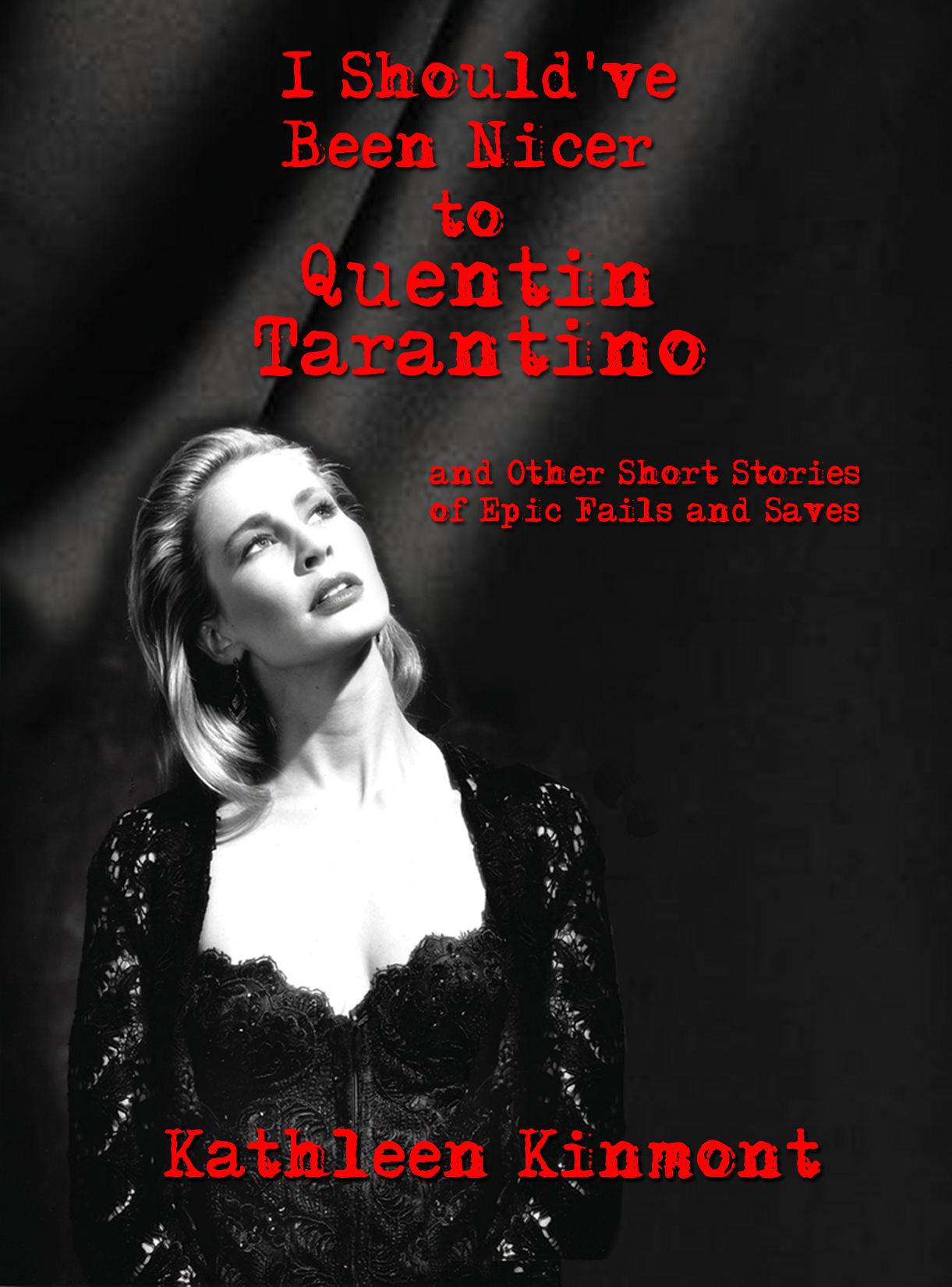
12. Just this summer, you had the release of your second book I Should’ve Been Nicer to Quentin Tarantino: and Other Short Stories of Epic Fails and Saves. As this is a collection of short stories – and not a children’s book – how did this process differ from your first book? What inspired you to write it?
‘I Should’ve Been Nicer to Quentin Tarantino and Other Short Stories of Epic Fails and Saves’ is a book about my life’s screw-ups, saves and lessons. I wrote this book for my daughter in an effort to give her some insight on who I was and who I’ve become. I believe our failures are stepping stones to growth and enlightenment. When we give ourselves an opportunity to acknowledge where we’ve failed with some humor and a light heart, we can release ourselves from things that no longer serve us. I’ve created my own genre, spiritual satire, as I think we are more willing to continue to learn when truth and humor collide. The difference between the process of writing my children’s book and this book was the time invested. The children’s book is 23 pages, my non-fiction is 432 pages. Big difference.
13. What is on the horizon for Kathleen Kinmont?
Awe, the horizon… I would love to use this moment and manifest a prayer for all of us. I pray we all have good health, surrounded with love, strength and hope. Remain creative, compassionate and considerate. Practice a sense of calm, while actively finding ways to be of service. In other words, Let there be peace on earth and let it begin with me. And for the Love of God, VOTE! And if I can make one wish on the setting sun in the horizon – it would be for when the mighty factory of production resumes to be cast in ‘Yellowstone’. It’s an excellent series, and like my daughter, I’m officially horse crazy, plus I can ride.




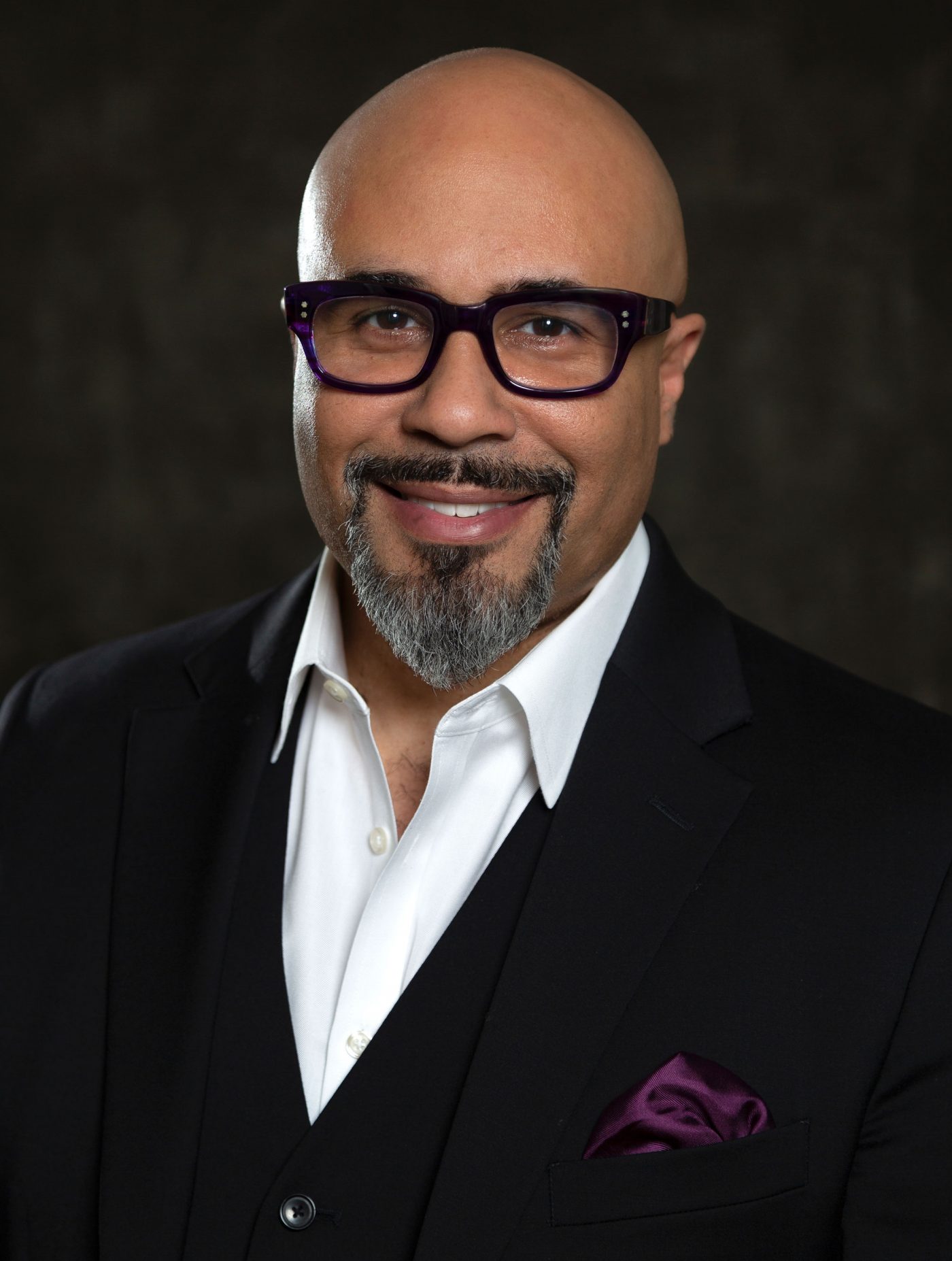
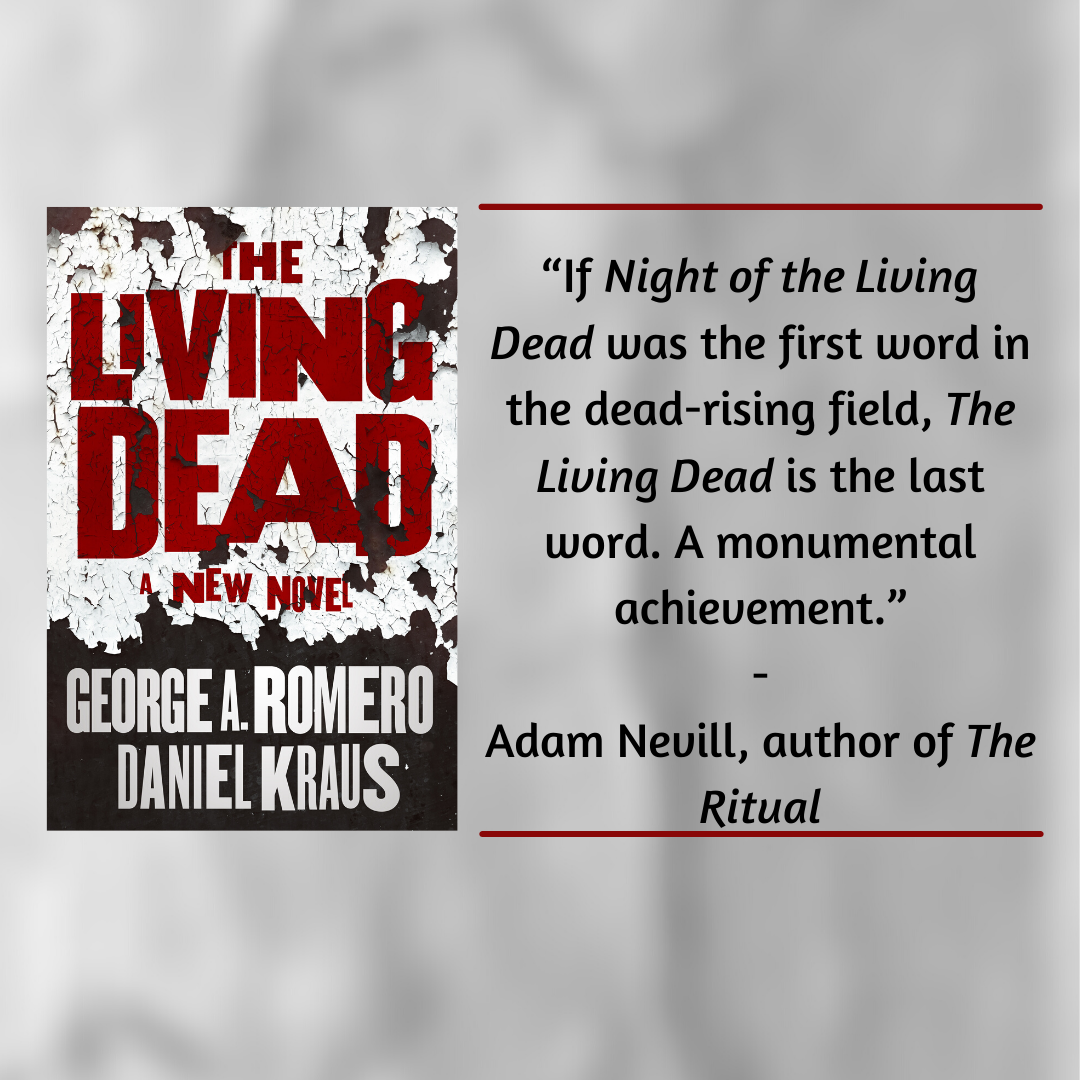
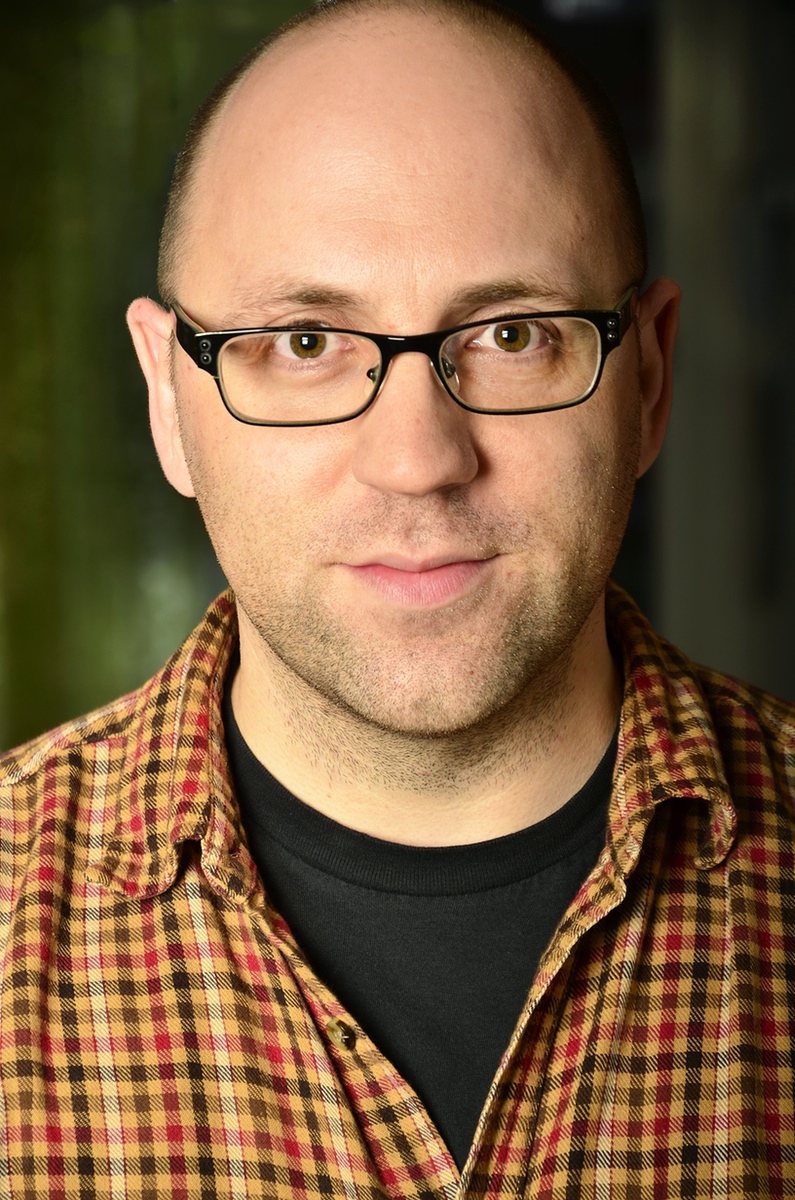




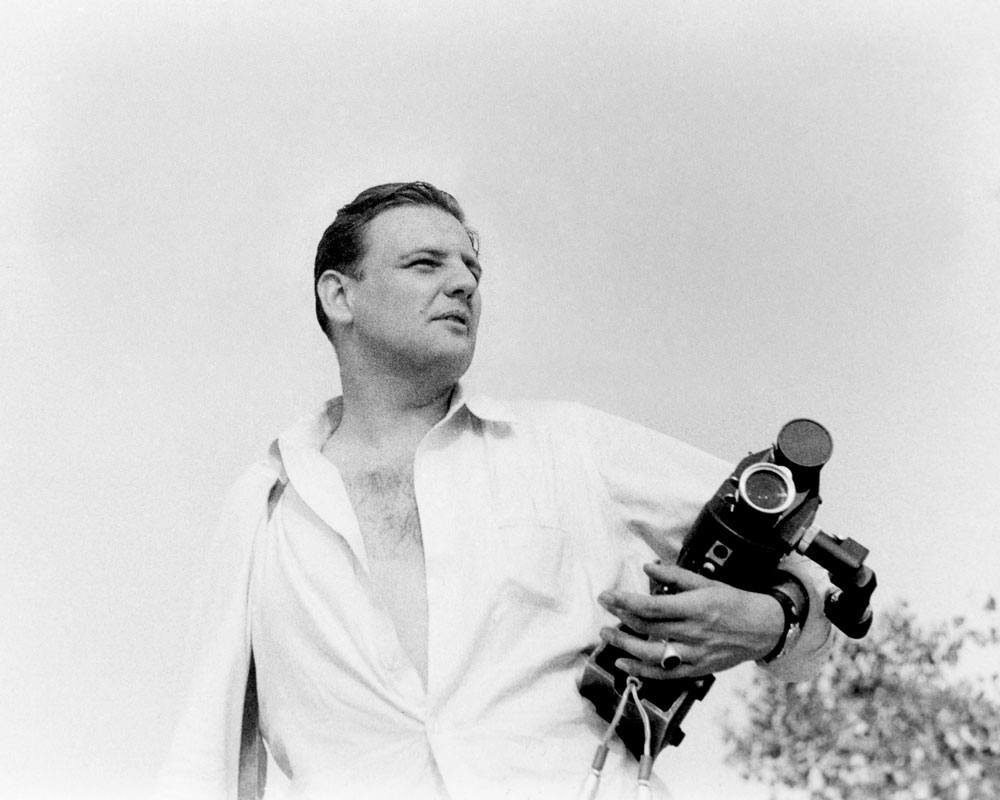
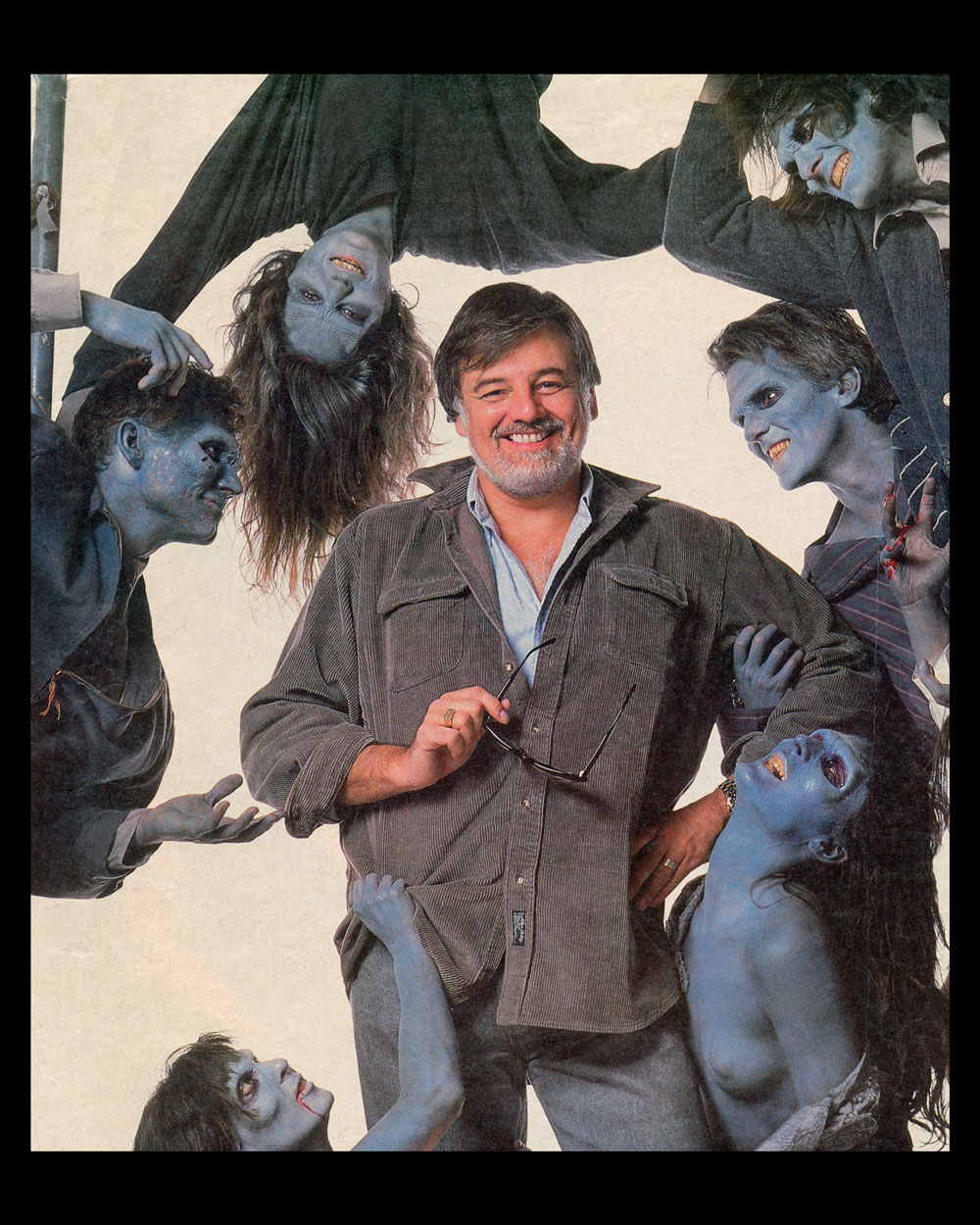
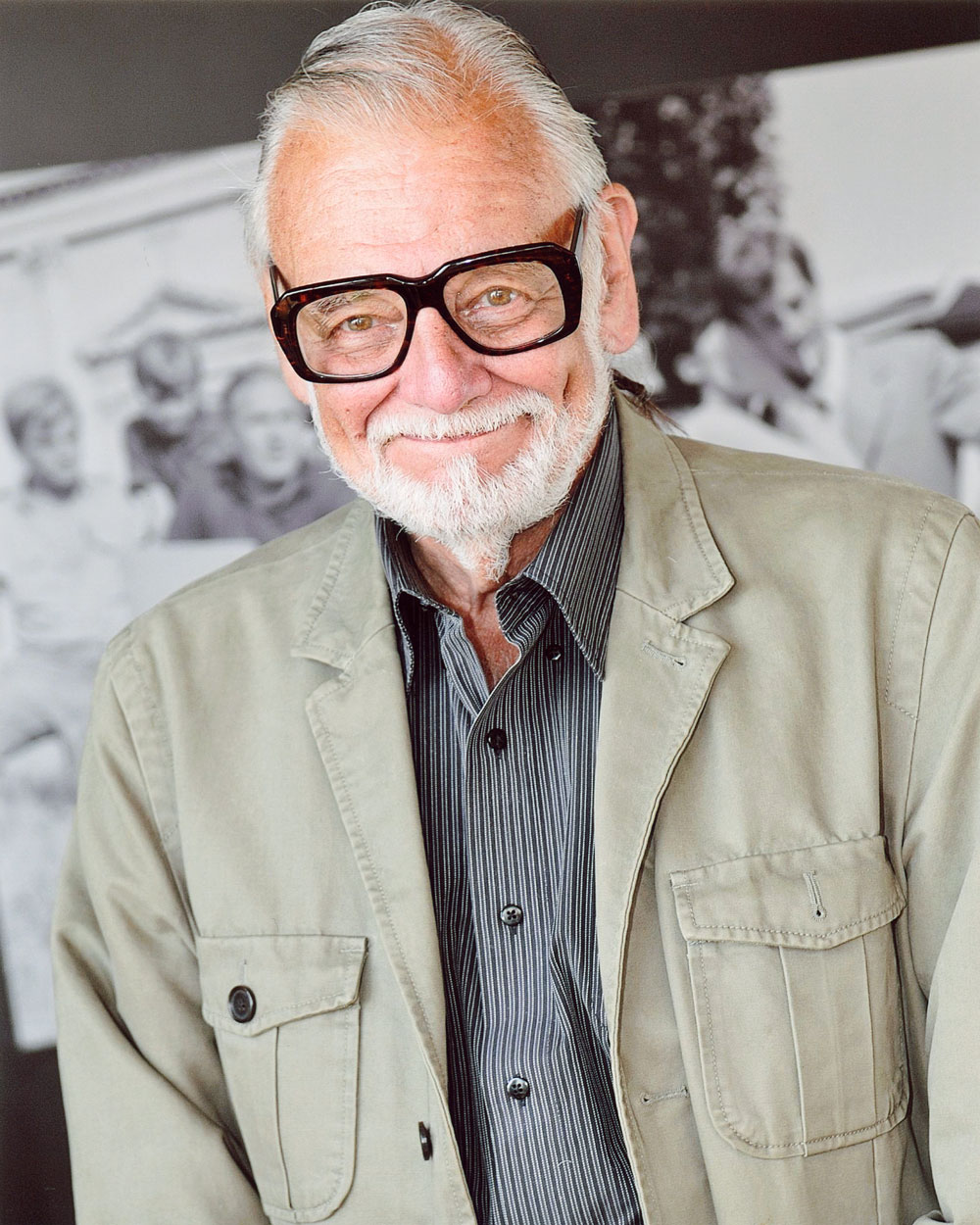
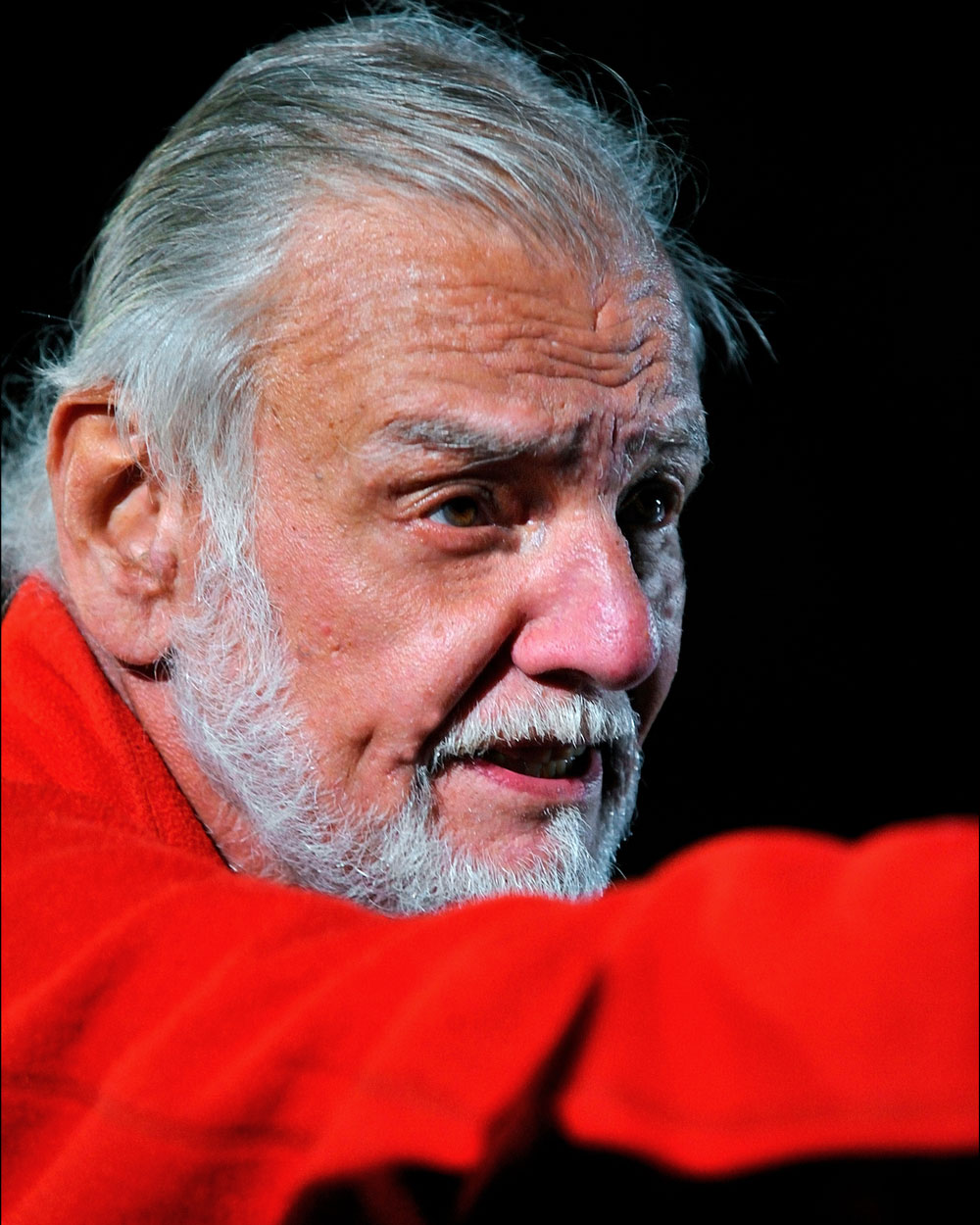

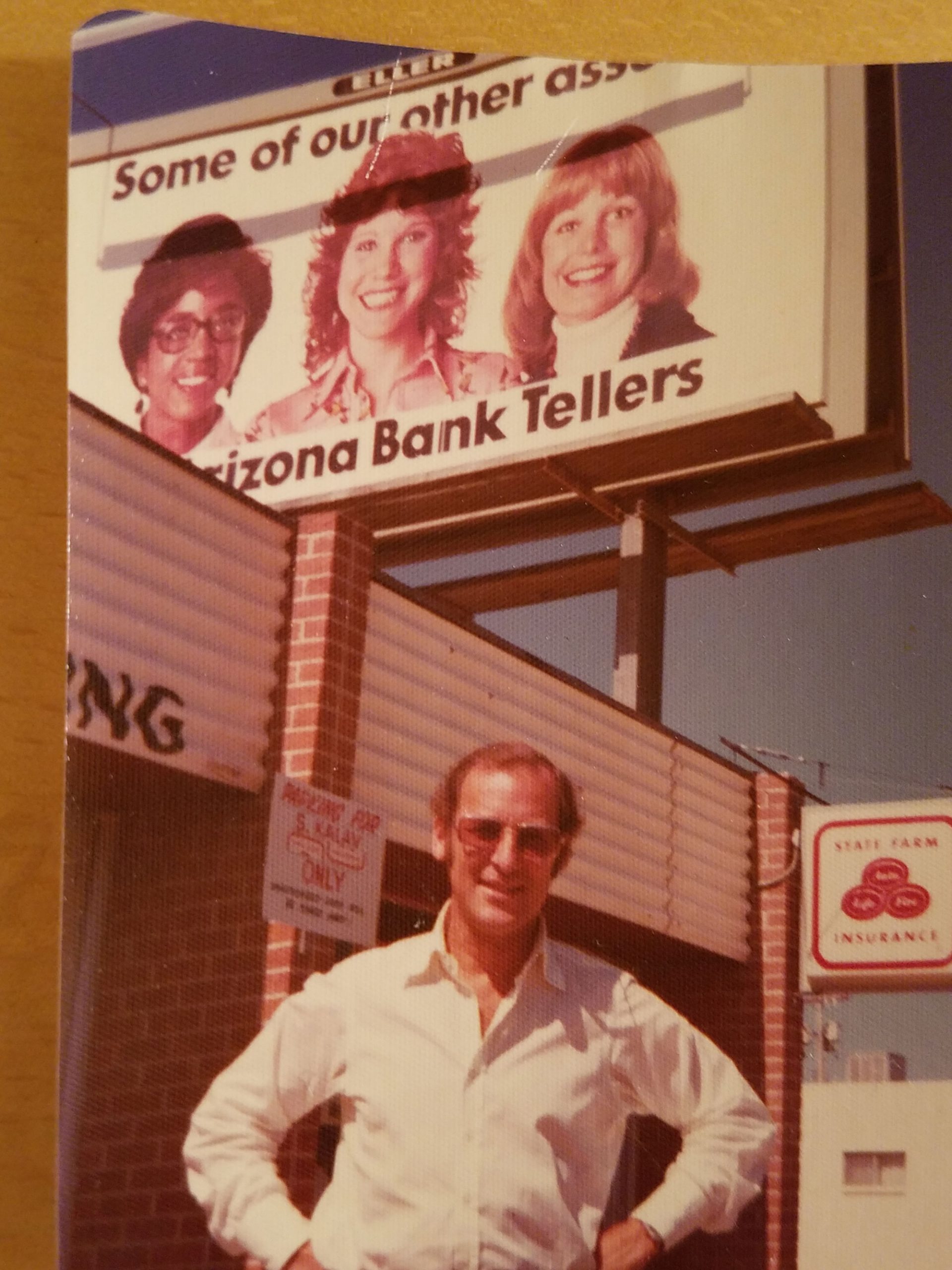

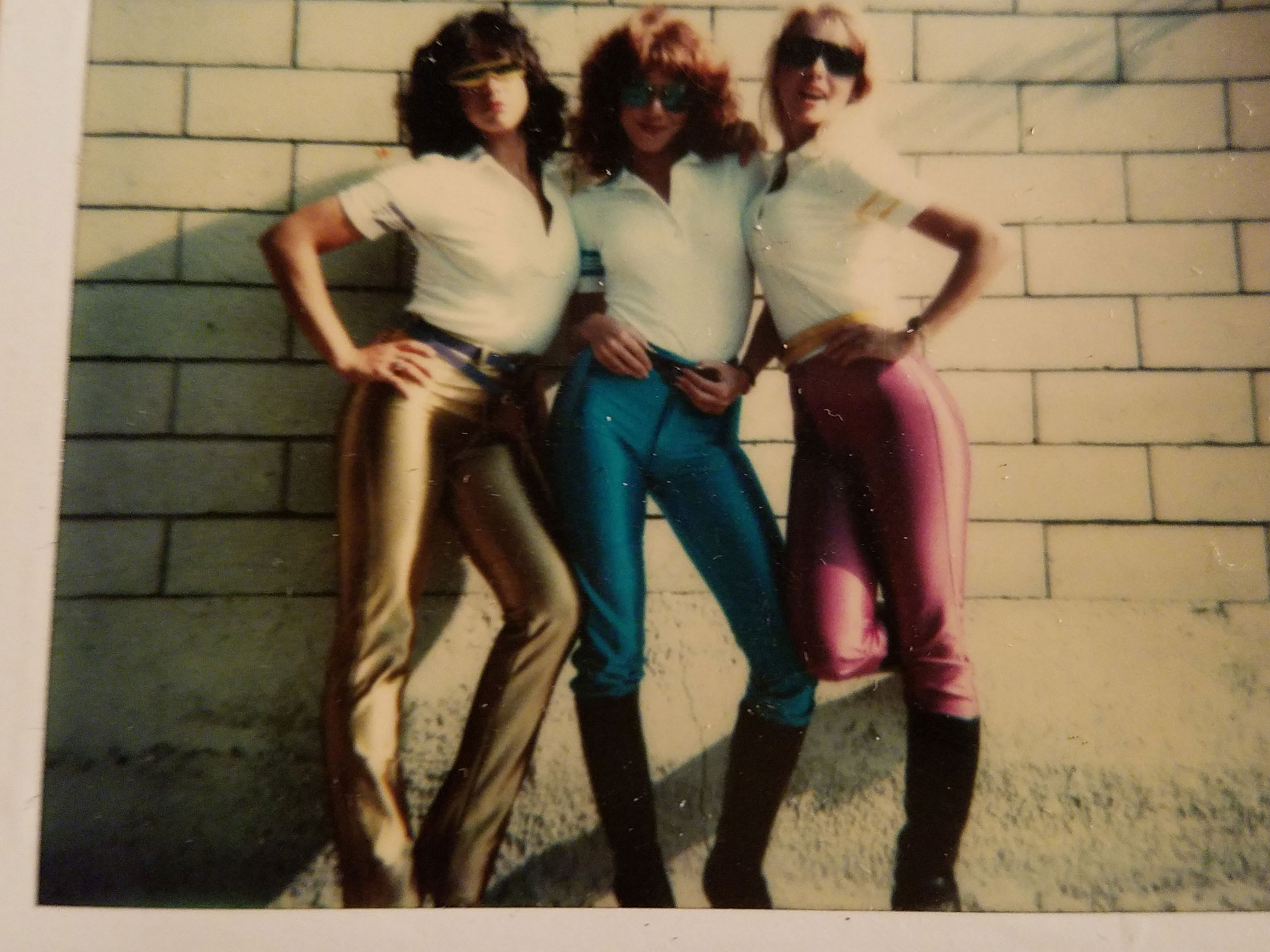
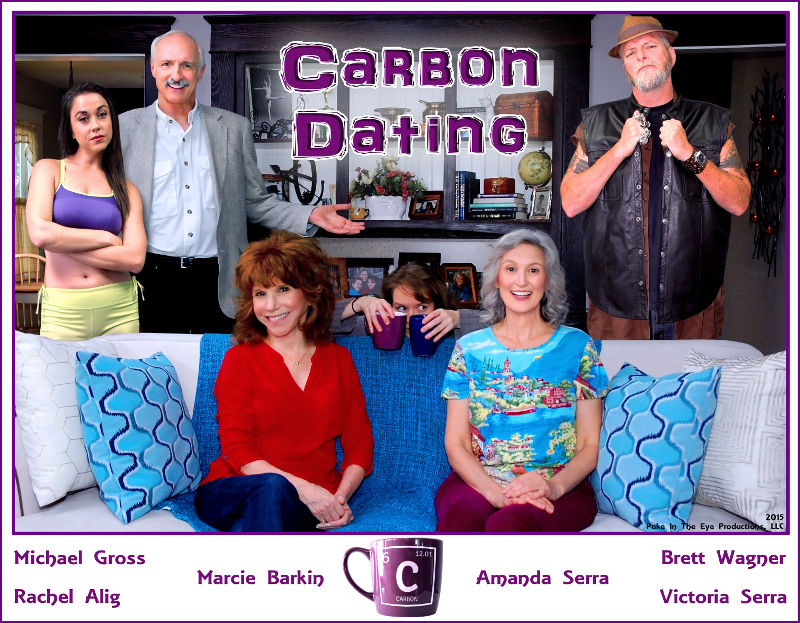
 10. What does the future look like for Marcie Barkin?
10. What does the future look like for Marcie Barkin?

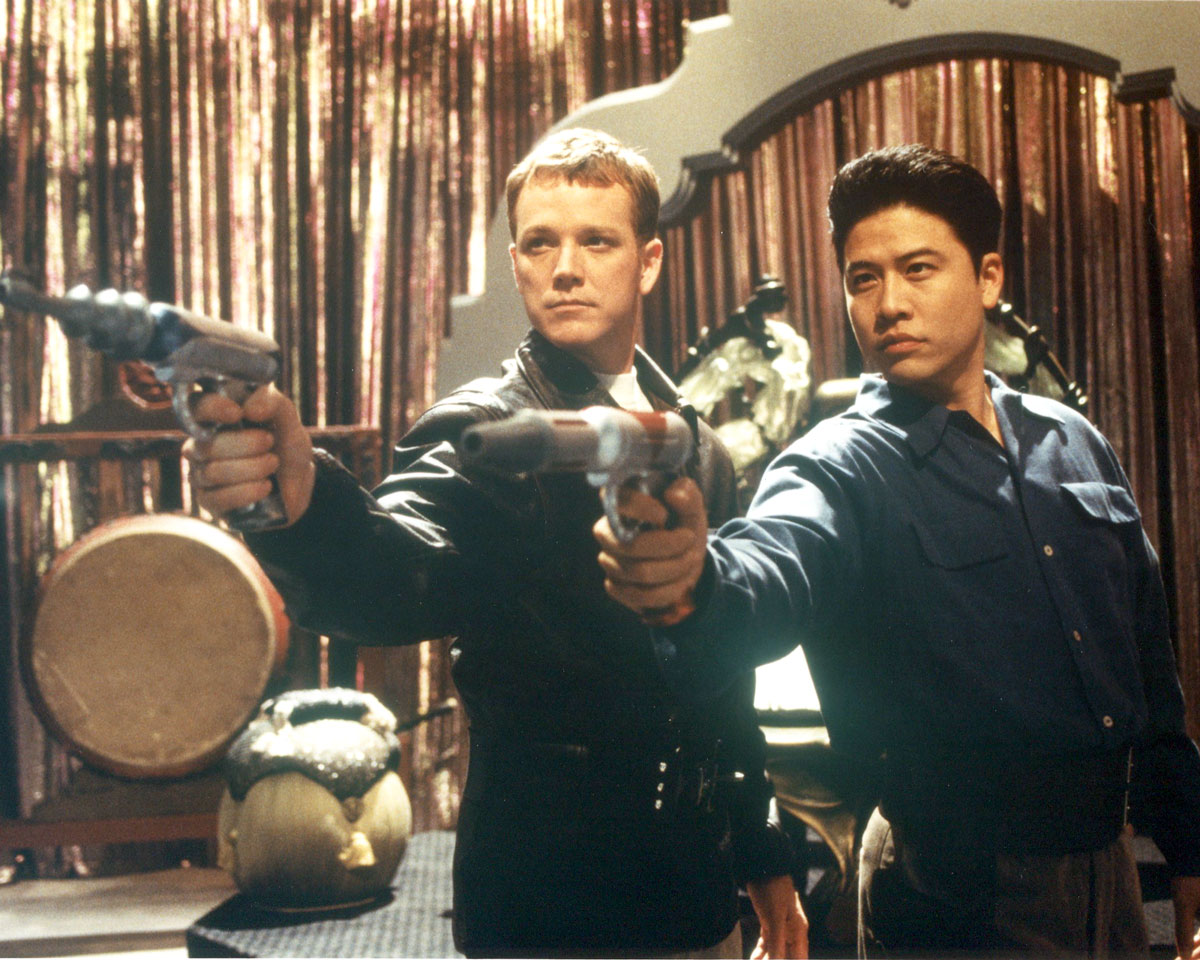
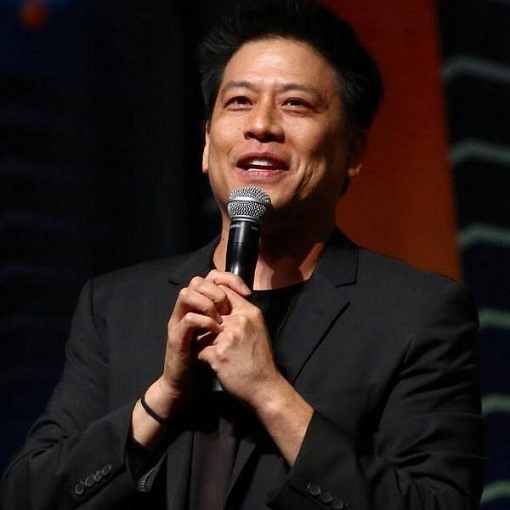
 9. You’re also very active on social media and have a notable following on Twitter. How do you think social media has changed the way we view and interact with celebrities?
9. You’re also very active on social media and have a notable following on Twitter. How do you think social media has changed the way we view and interact with celebrities?